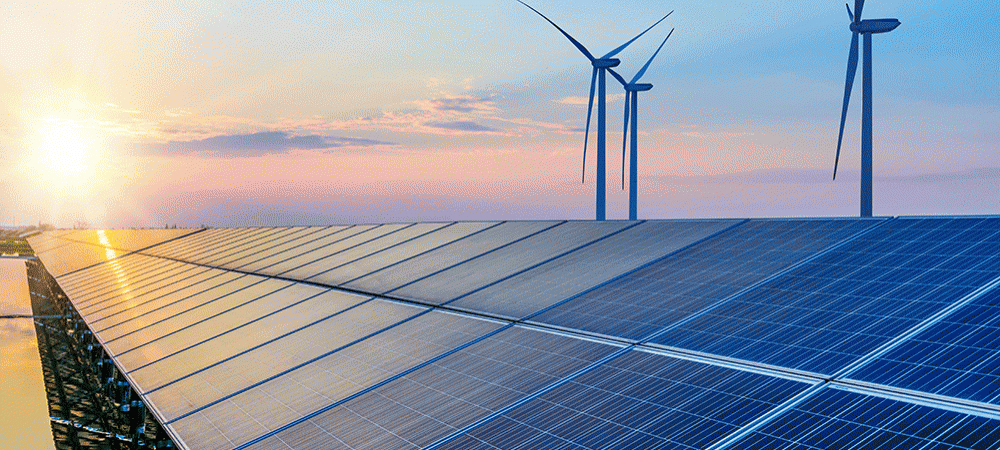Africa’s solar energy opportunities have opened up due to changes in the sector. Wessel Wessels, Head of Sales, Alternative Energy, at NEC XON, explains these changes and how they have made it easier to go green.
There is now a zero-risk, zero-cost way to establish renewable energy in Africa. Advanced delivery models and mature global providers have encouraged financiers to provide innovative solutions that don’t even require companies to pay a deposit.
The change is a result of a matured sector. These projects were historically characterised by solution providers delivering for customers, who procured a customer and repaid the entire project off profits. That model is hard to finance.
The new model sees solution providers lead with their own equity, essentially willing to put their money where their mouths are. So, it makes sense to create robust maintenance and operations agreements with customers to look after the investment. Customers then procure customer agreements of their own. Add the fact that reinsurers are providing exceptionally good yield cover and the recipe is one that banks and other institutions are very keen to bake.
The ability of service and solution providers like NEC XON to be able to deliver this level of solution has caused several positive knock-on effects with wider market ramifications. Financial instruments have been created specifically for the market so people are no longer limited to liability cover, for example. They can now also get yield cover and others.
Yield cover is a game changer. Plant designs that promise a number of kilowatt hours per month but fail to deliver for whatever reason, such as inclement weather, see shortfalls covered. That’s huge. Theft and other factors also influence power delivery. Yield cover is typically charged at one percent of revenues so this really is a no-brainer.
The engineering phase of any energy project is probably the riskiest. In the past, people would get bogged down by trying to get the cheapest deal possible and a few people still do. But the market is maturing and many more customers, vendors and providers know they must weigh the levelised cost of energy (LCOE) much more heavily because the LCOE is more important than price per watt.
We consequently invest a lot of time and resources into this phase of energy projects, ensuring the technologies we use are the best for that project, that they meet the objectives, that they maximise the LCOE for the specific plant.
Using an inverter with a 12-year warranty versus one with a five-year warranty, for example, shifts your replacement date right out, which has a huge impact on cost. Similarly, using better quality solar panels may initially cost more but they repay the investment. They degrade less over time so essentially deliver more energy per hour in their lifetimes.
We’ve made active gains in mitigating remaining risks around these projects with others in the industry. Establishing standards around operational asset maintenance is a key one. We have decades of experience applying the global industry standards around ICT and telco equipment across projects throughout Africa. Their robust standards, best practices, proven methodologies and reliable frameworks are readily deployable procedures that we have transitioned to mature the sector.


